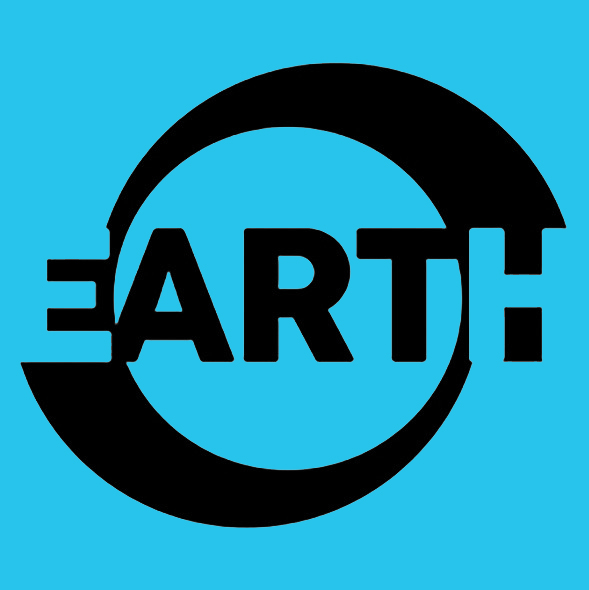Charlie Tweed
Notes from the subsurface
Notes from the subsurface is a new film produced by Charlie Tweed as a result of his EarthArt fellowship at the University of Bristol in 2019. Exploring lifeforms and ecosystems within the earth’s deep subsurface, the film has been built from ongoing discussions and collaborations, drawing out the research from the Schools of Earth and Biological Sciences within the university.
The work delves into deep subsurface environments and the extremophiles that live within them to consider how these lifeforms can function at extreme depths and pressure within challenging conditions such as highly acidic, high temperature, high radiation, low oxygen and methane heavy environments. The film references the zonation of lifeforms and their ability to live over vast timescales and with varying metabolisms that are far removed from those of humans. The work also considers notions of deep time and non-human temporalities, including lifeforms that exist, and geological processes that take place over hundreds, thousands and millions of years.
Characteristically, Tweed’s work employes strategies of re-appropriation and speculative fiction - often taking on personas of anonymous collectives and hybrid machines - to outline subversive plans for enhancing and escaping control mechanisms and renegotiating relations between human and non human. To achieve this, Tweed uses archive footage by remix and bricolage methods throughout his films.
Through sci-fi narratives, the twelve minute film exposes non-human and multi-species perspectives, hidden networks and unheard voices. Beginning with bird-eye view footage of the Burgess Shale in the Canadian Rockies, the film’s initial documentary approach comments on the soft bodied organisms fossilised1 in the sediment that was once below our feet.
The machinic narrator gives factual information about the ecosystems and lifeforms that it encounters, enlisting modified ambient noise tomography as a way to anthropomorphise these lifeforms - voicing their perspectives. As a result, we hear from Nematodes, in an old gold mine, discussing their dauer stage and their ability to go into a form of cryogenic suspension when resources are scarce. We also encounter the Methanogens who disclose their ‘love’ for carbon as well as the anonymous CPR Bacteria, of which huge colonies exist in the subsurface with very little known by scientists. Here, the film draws attention to the alien world of the subsurface whereby lifeforms have given hope to researchers exploring extraterrestrial life.
The second part of the film takes a science fictional approach; as the narrators firstly develop proposals for adapting humans to live in these extreme conditions, utilising a ‘Vision Space’ to adapt their perspectives and then employing designs for hybrid future lifeforms capable of living within these environments. With designs generated using an AI neural network app (creating images from text), it references discussions around genetically modifying lifeforms for extraterrestrial exploration. The film closes with new lifeforms brought to life through an evolved form of bio printing, leaving us thinking about whether these will function as the future of human life on earth.
With reference to historical literature and current research papers, the exhibition space gives opportunity to explore reading of Donna Haraway, Timothy Morton, Bruno Latour and John Law’s work on Actor Network Theory (ANT) and Guattari in The Three Ecologies.
1 soft bodied organisms fossilised - these fossils are over 500 million years old and part of the Cambrian explosion, a moment when many new forms of life appeared on the earth. There are a number of Burgess Shale fossils in the Earth Sciences collection, some of which are displayed in the exhibition.
Charlie Tweed is an artist and academic based in Bristol. Tweed’s film, text and performance based works interrogate the affective qualities of digital technologies and their use in the control and management of populations and environments. His films have been screened internationally at venues including: ICA, London; CCA, Glasgow; Whitechapel Gallery, London; Forum Des Images, Paris; HKW Berlin; Watershed, Bristol; Plymouth Arts Centre; CAFA, Beijing; Quad, Derby; Eastside Projects, Birmingham; Castlefield, Manchester.
Recent commissions include a Wellcome Trust Large Arts Award for the production of a new film work in collaboration with a biomedical scientist that considers the future of genetic sequencing technologies. He is also the curator of the Digital Ecologies symposia series at Bath Spa University which considers new approaches within contemporary art practice that interrogate themes including the digital anthropocene, digital materialities, fiction machines and post-truth conditions.
He has a PhD in art practice (Kingston University) and an MFA in art practice (Goldsmiths College, London).
